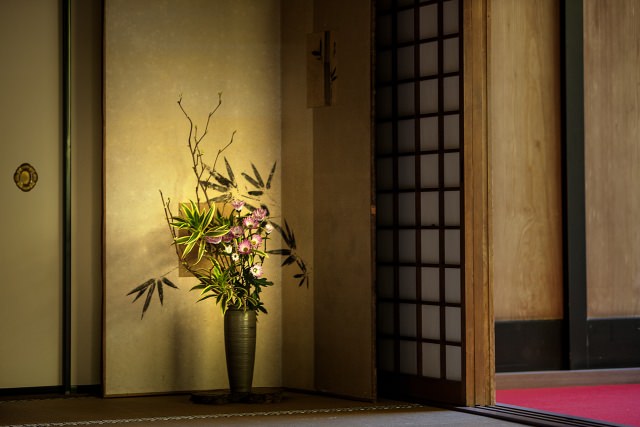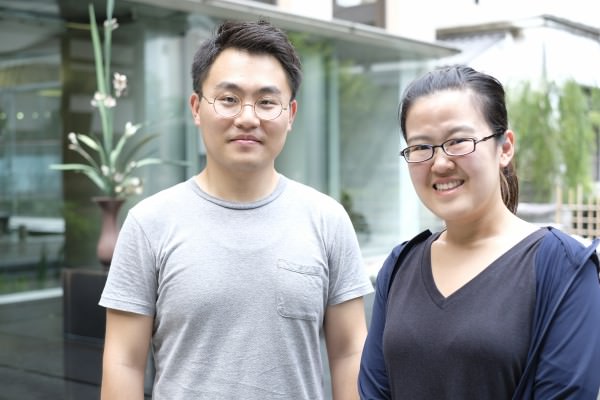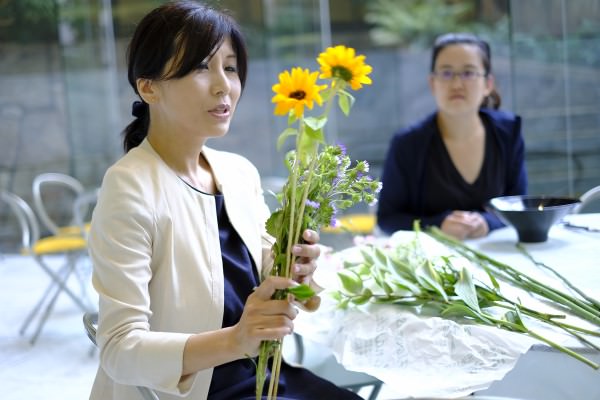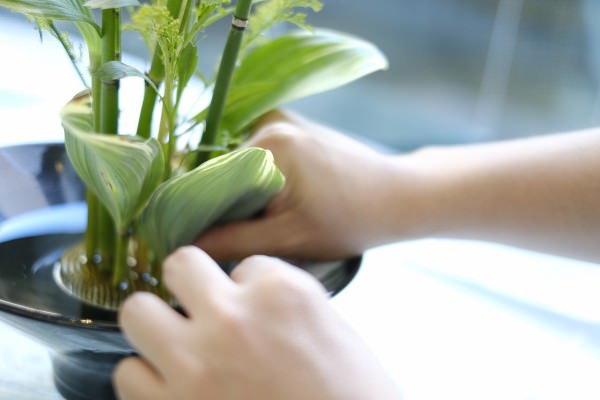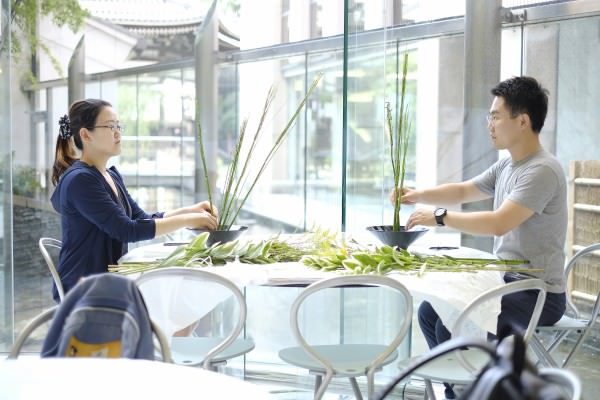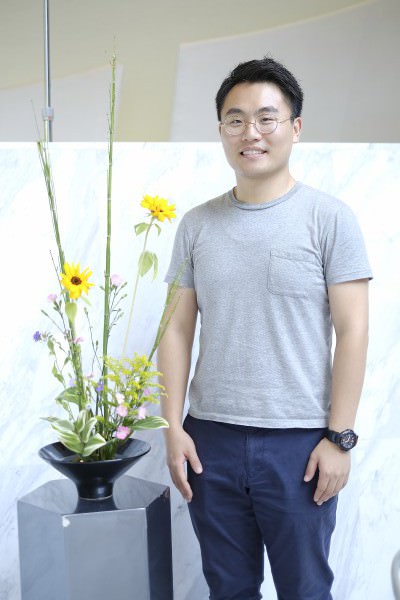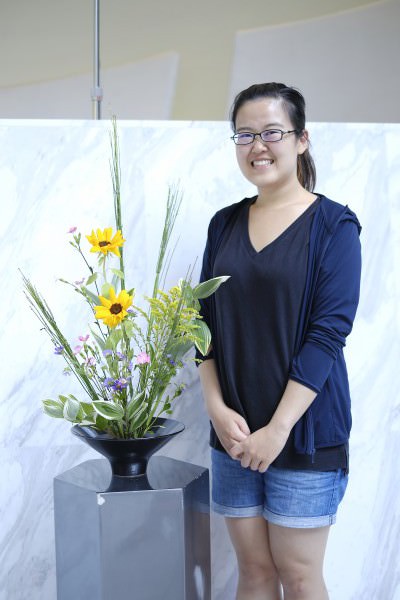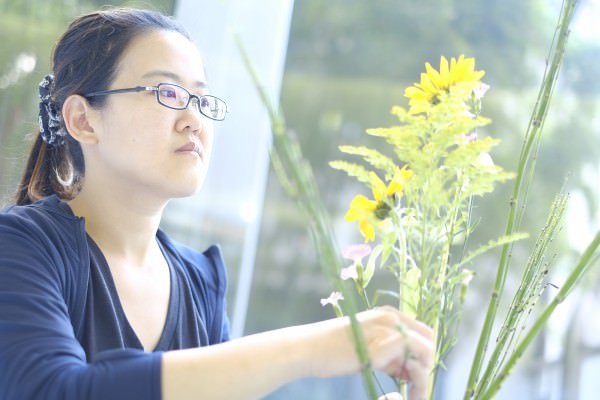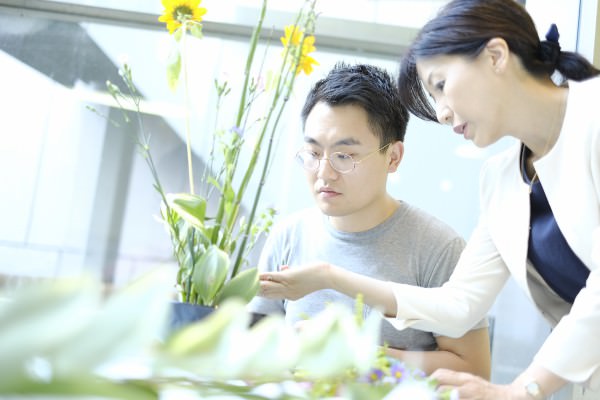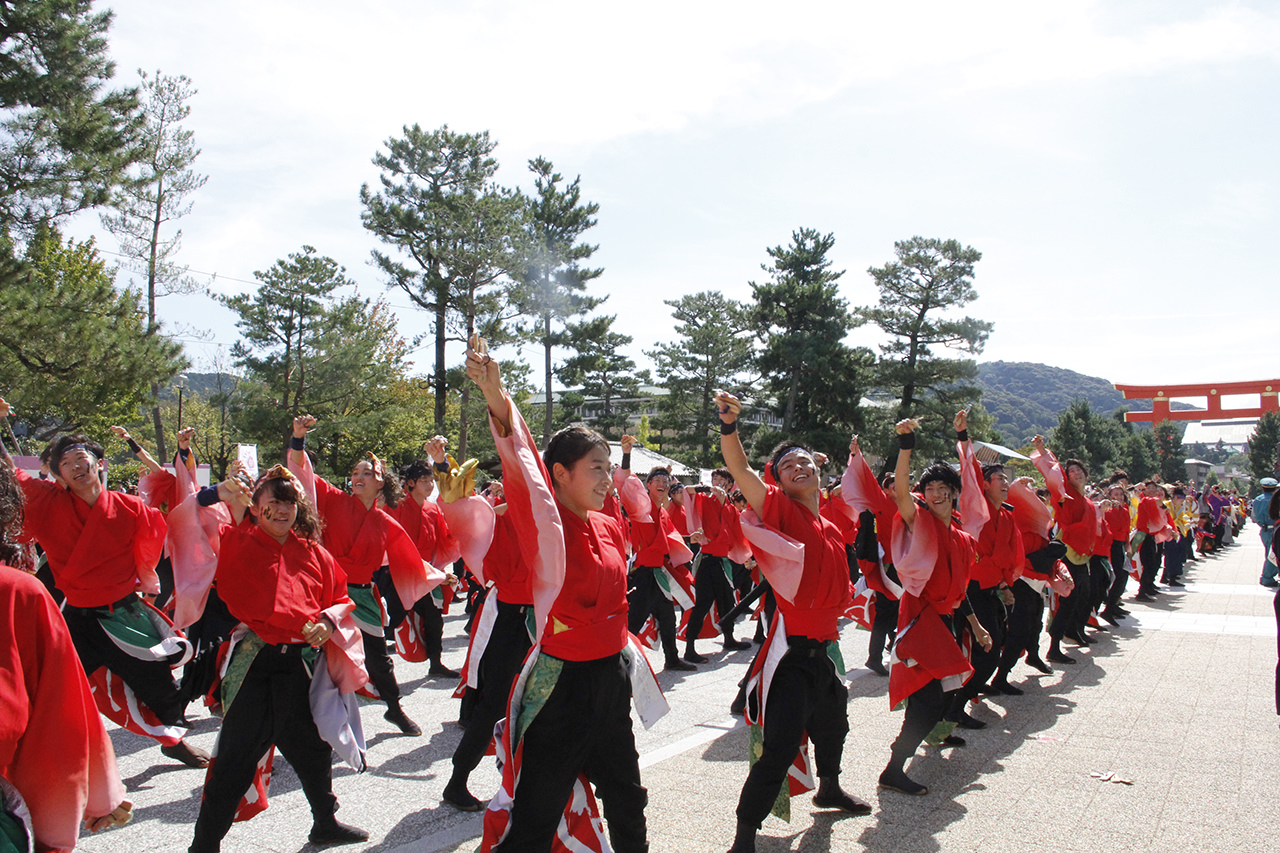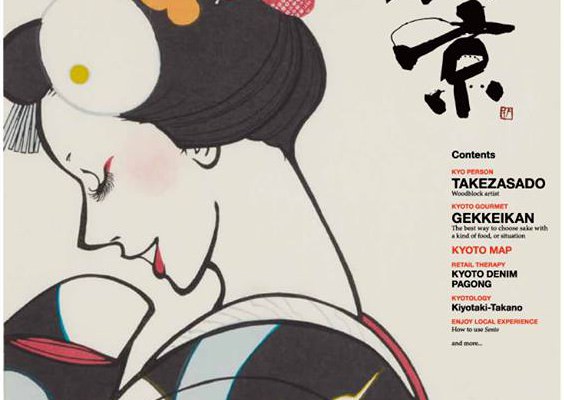Japanese Cultural Experiences for Students in Kyoto
2017.06.27
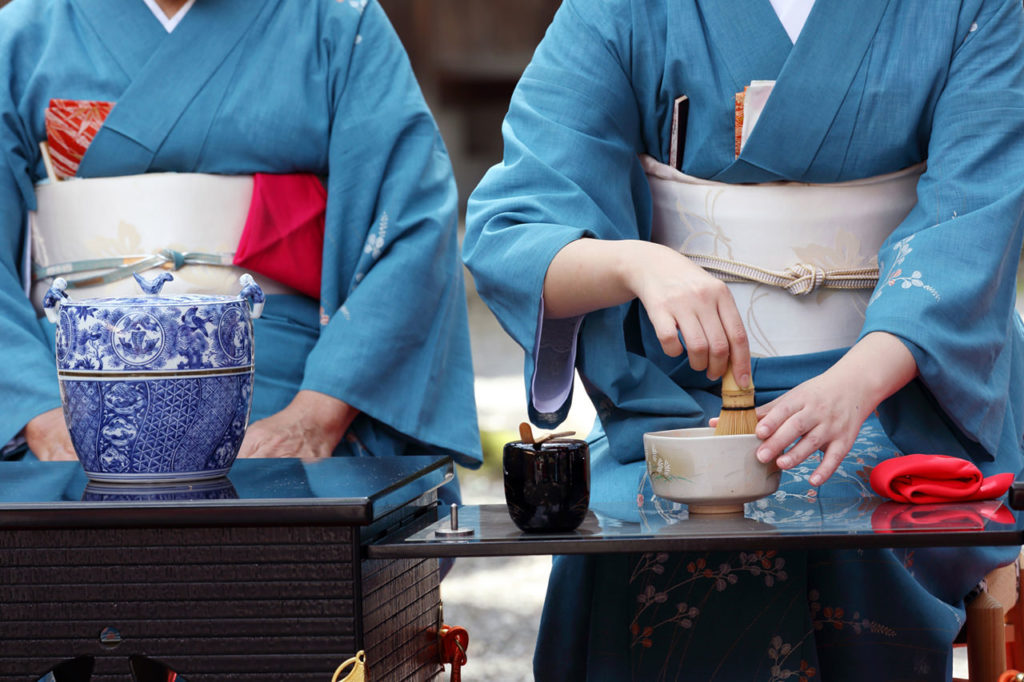
Maybe you came for the reputation of your school, or the reputation of your professors. Maybe you came for the “just-right” balance of city and nature. Whatever your reason was, you’re here in the cultural capital of Japan now. Let’s get your feet wet.
Ikebana, the traditional art of flower arrangement
…although “flower arrangement” seems a bit trivializing for an art form with a history of 555 years. The first school of ikebana was established here in Kyoto, by a priest at Choho-ji Temple (commonly known as Rokkaku-do Temple, the Six-Sided Pavilion). From this original school, known as ikenobo, or “Monks of the Pond” (the monks at the temple originally lived by the side of a pond), the practice of arranging stems with beautiful simplicity spread, and developed into many schools and styles.
If you’ve ever been curious about trying ikebana, there’s no better place to do it than in the place where it all began. Try a beginner’s course at Ikenobo (Website in Japanese: http://www.ikenobo.jp/lesson.html), and receive the first certificate in ikebana. In general, the courses are open to students with Japanese proficiency of JLPT level N2 or above: please inquire if you wish to take the course in English.
Kyoto International Student PR Team
Mr. Zhihao Li (Ritsumeikan University, 2nd Year Masters in Business), from China, and Ms. Chonlada Charoenviriyakul (Kyoto University, 2nd Year PhD in Graduate School of Pharmaceutical Sciences) from Thailand
Zhihao: We recently traveled to Kyoto’s Rokkaku-do Temple, the birthplace of ikebana, and the Ikebono Hall there. This was the first time I’d ever tried ikebana before, so I was a bit nervous. One thing that surprised me about the Ikebono Hall was the swan living in the middle of its garden: it wasn’t a pet kept in a cage, but simply living there naturally.
Our ikebana teacher for this lesson was Ms. Keiko Shiono, who teaches ikebana to international students at Kyoto University of Foreign Studies. Maybe it’s the influence of the flowers she’s always working with, but I found her to be just as lovely as a flower. Speaking clearly and briefly, Shiono Sensei began by explaining the art of ikebana, its history, and its different schools. Let’s get to the ikebana then, shall we? Our tools were the flowers themselves, florist’s scissors, a basin for the flowers, a “kenzan” (a kind of plate with needles affixed pointed upwards to hold the flowers), and some water.
Chonlada: In our lesson, we were taught that there are three main styles of ikebana.
1. Rikka: This style developed in the Muromachi Period (1336-1573), and uses a variety of plants to recreate natural landscapes.
2. Shouka: This style began during the Edo Period (1603-1868), and uses one to three different plants in one arrangement.
3. Jiyuka: This style developed in the Meiji Period (1868-1912), and has no pre-determined shape. Various plants are used for jiyuka, and arranged in whatever way one likes.
Unlike Western flower arranging, Japanese ikebana uses not only flowers, but also various types of grasses. One can create a feeling of asymmetry by using varying lengths of grass, resulting in a natural design.
Zhihao: This time, we tried the jiyuka style. This style attempts to create a new and unique kind of space. It wasn’t easy, but I tried, and I got through my very first ikebana experience. Visuals are important in ikebana, but I won’t be rating myself in that department this time. (laughs)
Chonlada: I had a hard time at first, because I wasn’t sure where to put what. But since we were doing “free” jiyuka arrangements, I figured it would be ok if I just freely put together my design. This is a photo of the jiyuka ikebana arrangement I put together, using sunflowers to depict summer. It was my first attempt at ikebana, but it’s pretty, isn’t it? To tell the truth, it came out this well because I did get a bit of help from the teacher. I don’t want to show anyone what the design looked like before it was fixed. (laughs)
It was a really good experience to be able to learn a bit about Japanese aesthetics, and how Japanese people think, through ikebana.
Zhihao: Until now, I’d only really thought of ikebana as simply sticking a bunch of flowers together. That was a big mistake. I’ve been feeling extremely stressed recently with my graduation thesis and other work, but by doing ikebana, and focusing solely on selecting the colors and fragrances, and constructing a shape on my own put me in a very calm mental state. It was a strange experience, but I think I’d like to do my hand at some more ikebana from now on.
Try a beginner’s course at Ikenobo (Website in Japanese: http://www.ikenobo.jp/lesson.html), and receive the first certificate in ikebana. In general, the courses are open to students with Japanese proficiency of JLPT level N2 or above: please inquire if you wish to take the course in English.






